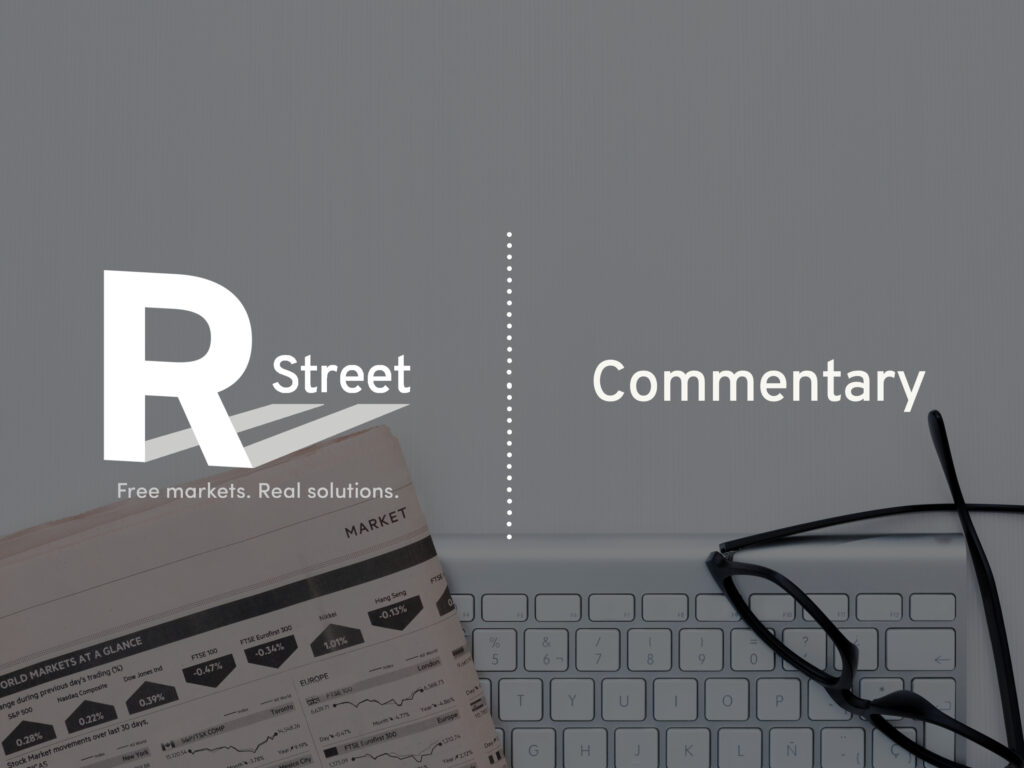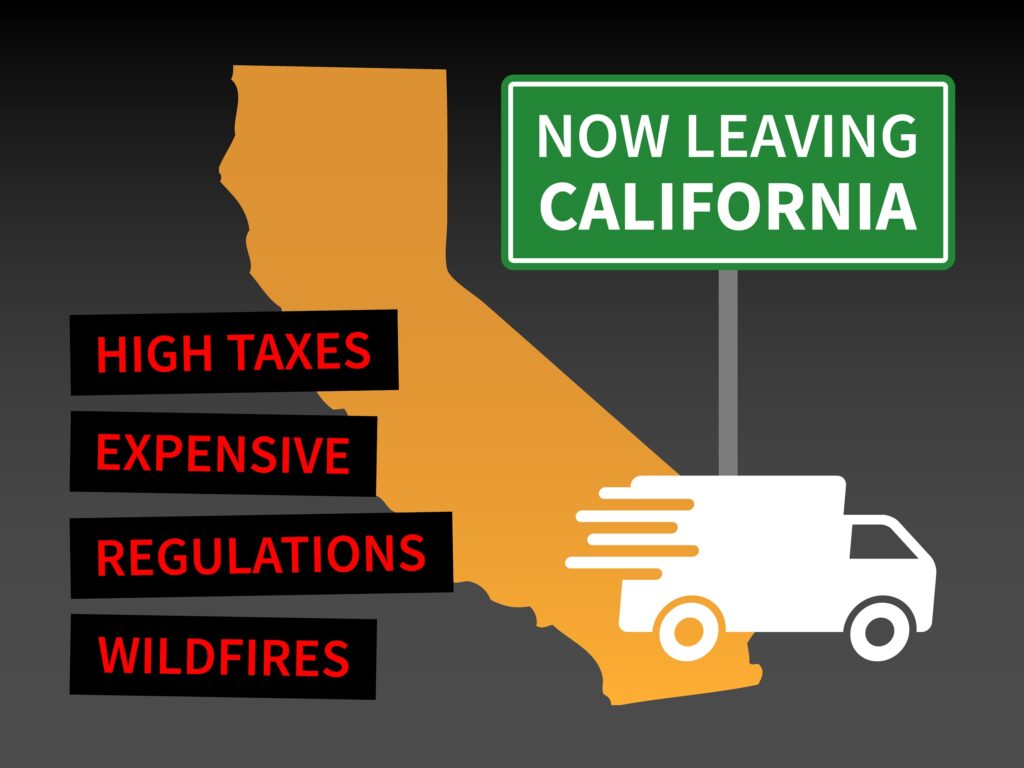Pruning the thorns in transmission and generator interconnection reform
Among pending electricity policy decisions, the most important resides not in legislation or executive orders, but before the Federal Energy Regulatory Commission (FERC). FERC’s Advance Notice of Proposed Rulemaking (ANOPR) targets core clean energy blockades: flawed transmission and generator interconnection regulations. These constrain trillions of dollars’ worth of productive investment and skew capital deployment toward inefficient applications, all to the detriment of consumers, innovation and the clean transition.
Prioritizing regulatory reform reflects the flipped landscape between the Obama and Biden administration eras; the clean transition no longer lacks capital, but suffers from regulation that discourages the efficient use of it. Encouragingly, fixes are compatible with conservative economic philosophy and the outcomes sought by progressives. For example, FERC voted unanimously for Order 881, which reformed transmission line rating practices that will save consumers billions of dollars and avoid millions of tons of carbon emissions.
The ANOPR record provides evidentiary support for reforms like making transmission planning more transparent, independently administered, stakeholder-inclusive, methodologically holistic, and proactive and reflective of long-term changes in supply and demand. But there are two thorny areas where solutions are more contentious yet critical for ensuring efficient outcomes: remedying loopholes for transmission competition and correcting allocation of interconnection costs for new generators.
FERC will make its formal move based on the evidentiary record, but it’d be naïve to ignore the influence of publicly discussed but off-the-record considerations. The latter raises two issues: state relations and consumer impact. FERC’s majority is clearly concerned with repairing state-FERC relations, while FERC’s minority are known for adherence to federalism. All commissioners have expressed concern about the consumer cost of transmission flaws and how altering interconnection cost allocation would affect consumers. The key question then becomes, what actions does the ANOPR record support to fix transmission competition and interconnection cost allocation in a manner that benefits consumers and state relations?
Enhancing transmission competition
The ANOPR is the first robust referendum on transmission competition, which was required by Order 1000 nearly a decade ago. Where competition has been allowed to thrive, the record displays overwhelming evidence of its benefits, including 20-40% cost savings and innovation in technological solutions, financing mechanisms and risk management methods. However, as revealed through the ANOPR and public comments, flawed implementation has limited competition and customer benefits.
These issues prompted 72 consumer organizations to form the Electricity Transmission Competition Coalition and specifically target the extensive exceptions to the Order 1000 competitive processes for incumbent transmission owners. Exceptions include technical carve-outs and permitting states to adopt right of first refusal (ROFR) laws to protect their incumbent transmission owners’ interests.
Predictably, incumbents prioritized competition-exempt projects and undercut competitive regional projects, while lobbying their states for ROFRs. Regional transmission organizations (RTOs) have differing technical, but somewhat arbitrary exemptions, contributing to varying levels of success with competition regionally. Outside RTOs, the lack of independent and transparent regional planning has enabled entrenched monopolies to maintain their moats against those who could do the same or a better job at lower costs.
Even though RTOs independently administer the competitive transmission planning process, exemptions there were also amplified by the fact that RTO membership is voluntary and the threat of transmission owners leaving is ever present. It is therefore difficult for RTOs to divorce themselves completely from transmission owner influence. But the independent monitors of those RTOs are better positioned to be candid, and they overwhelmingly support competition enhancement. This underscores the value of independent oversight and administration across all regions.
Accordingly, the ANOPR record presents fixes for competitive exceptions, including:
- Eliminate unnecessary restrictions on competitive project eligibility, such as project cost allocation requirements;
- Apply competitive mechanisms across all RTO and non-RTO regions;
- Strengthen independence, transparency and stakeholder participation in transmission planning and competitive bidding administration;
- Lower the voltage threshold for projects exempt from competition;
- Collaborate with states to encourage competition below the threshold;
- Preempt state ROFR laws for interstate transmission; and
- Require transmission owners to demonstrate an affirmative burden of prudence of a transmission project not offered for competitive solicitation.
Such reforms would enhance competitive processes and encourage independent, stakeholder-inclusive and transparent regional transmission planning. Furthermore, they would respond to concerns voiced by state regulators.
The National Association of Regulatory Utility Commissioners asked FERC to encourage transmission competition. Individual state utility regulators and numerous consumer advocates came out in force from California to the Northeast in support of better competition, with many explicitly asking FERC to reject a federal ROFR suggested by utilities. Notably, Kentucky Public Service Commission Chairman Kent Chandler emphasized that we need “Fewer ROFRs. More Competition.“
Yet ROFR laws exist because of state legislatures, not regulators. The first wave of ROFRs passed from intense utility lobbying that overwhelmed the dispersed interests of consumers. But dispersed interests are organizing; for example, a coalition led by state industrial consumers and free market groups like the state chapter of Americans for Prosperity just defeated a ROFR bill in Wisconsin. Such groups recently began organizing to overturn existing ROFR laws, including those in neighboring states like Minnesota, which demonstrates the interstate relief they seek.
Efficient and fair interconnection cost allocation
The ANOPR record is flush with evidence that current interconnection processes block timely entry for new generators. Hundreds of gigawatts of lower-cost generation — roughly 90% of which is emissions-free — is waiting to be interconnected to the transmission system. From the 2000s to 2010s, interconnection timelines have nearly doubled to almost four years, while less than one quarter of projects in the queues now reach commercial operations.
Some reforms are more straightforward, such as reducing procedural and informational barriers. However, the allocation of costs for transmission network upgrades needed to interconnect new generators reliably has been more controversial. The record demonstrates that the status quo is economically inefficient and legally indefensible, yet no “slam dunk” fix is apparent.
The specific policy in question is “participant funding,” where RTOs may propose to assign network upgrade costs to generators. With conventional generation, the benefits of network upgrades were fairly concentrated to the interconnecting generator, making participant funding a better proxy for aligning cost allocation with the beneficiary. But new entry today is dominated by disperse resources, which means a broader set of parties benefit from network upgrades. If all network upgrade costs are assigned to the interconnecting generator and not to other benefitting parties, the result is underinvestment in network upgrades relative to the social optimum.
Inefficiencies in transmission upgrades can harm consumers indirectly, either as pass-throughs from their utilities or by increasing their power purchase agreement costs with generators. Too often consumers and producers quarrel over the allocation of direct costs, depicting network upgrade cost allocation as a zero-sum game rather than a policy that alters how capital is deployed, which is paid by consumers anyhow. Ultimately, reforming this model properly would increase systemwide net benefits and lower the aggregate cost and risk profile to consumers.
Strategic groundwork
The scope of the ANOPR is broad, and FERC will soon prioritize issues in one or more Notice of Proposed Rulemaking (NOPR). Resolving interconnection issues has reached a breaking point, with numerous regional proceedings already underway; some best practices may be deduced from the diversity of regional approaches. Transmission reform is imperative, but the transmission planning timeline is longer, so taking a couple of months more to “get it right” can yield long-term benefits. Altogether, it will be very challenging to address all reforms thoroughly in a single rulemaking, but breaking up the ANOPR into discrete rulemakings presents its own perils.
Separate rulemakings run the risk of losing synergies between reform areas, such as how transmission planning and network upgrade financing reforms address the geographic “clustering effect” of interconnecting renewables, which could benefit from a subregional planning process to improve efficiency. Pursuing rulemakings in sequence could result in only easy fixes and leave thorny but important items unresolved. Recall, FERC’s original plan was for Order 1000 to fix regional planning then move onto a separate interregional planning order. This never transpired, and interregional planning is essentially non-existent a decade later. A more effective strategy would be to mimic how FERC closely sequenced Order 881 for ambient line ratings followed by a Notice of Inquiry on dynamic line ratings.
Initiating two broad rulemakings, one each on transmission and interconnection, in close sequence or in parallel, may be the solution. It would permit FERC to build a stronger record on thorny issues and take action on more urgent items with clearer fixes, without compromising synergies too greatly.
Reform agenda
FERC could address participant funding reform in an interconnection-specific NOPR that forges more evidence through the lens of the beneficiary pays principle. Further delineation of how cost allocation affects dynamic investment decisions, systemwide net benefits and indirect costs to consumers is critical to getting the policy right and stakeholders on board. A productive consumer perspective to build upon came from the Transmission Access Policy Study Group, which acknowledged possible approaches to change assignment of network upgrade costs while retaining efficient generation siting incentives. This is especially important for renewables, as generation siting and transmission build-outs need to be co-optimized to minimize costs to consumers.
In a separate transmission NOPR, FERC can propose technical fixes for transmission competition, complementary reforms and at least acknowledge interstate harm caused by state ROFRs. Inaction is not an option; RTO transmission expansion plans place the price tag of anti-competitive policies in the billions. This interstate harm is sowing the seeds of discontent among states and consumers to pay for other states’ anti-competitive laws. FERC needs to open a forum on state ROFR and all signs point to a cavalry of consumers, federalists and state voices coming in support of Order 1000’s competition premise.







